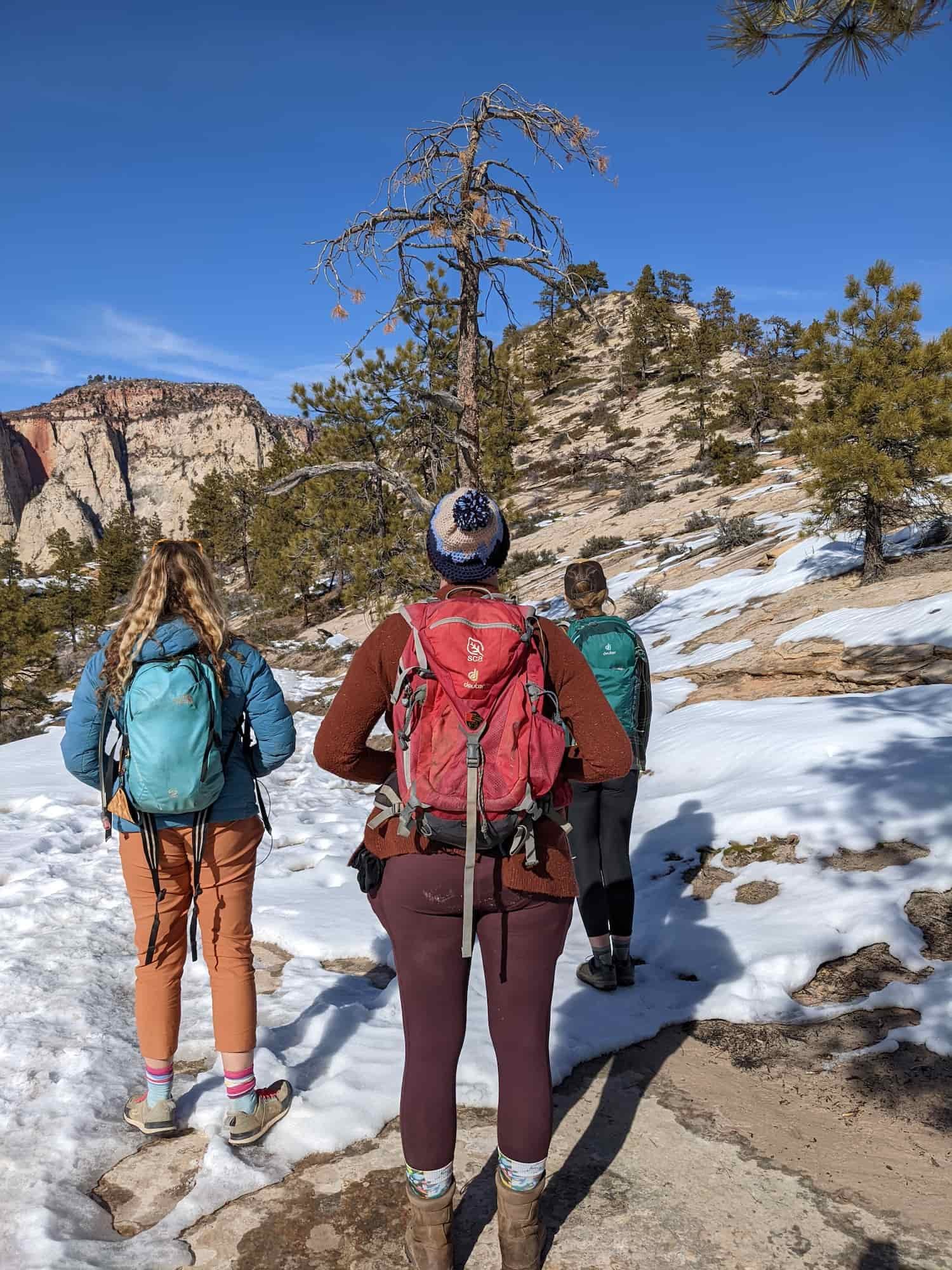Embarking on a hiking adventure is an exhilarating experience‚ connecting you with nature and providing a fantastic workout․ Before you hit the trail‚ a crucial question arises: do you really need specialized hiking clothes? While you might be tempted to wear your everyday attire‚ investing in appropriate hiking gear can significantly enhance your comfort‚ safety‚ and overall enjoyment of the hike․ This article explores why hiking clothes are beneficial‚ what to consider when choosing them‚ and how to make informed decisions for your next outdoor excursion․
Why Choose Hiking Clothes?
Hiking clothes are designed with specific features that cater to the demands of the trail․ They prioritize:
- Moisture Management: Wicking fabrics draw sweat away from your skin‚ keeping you dry and comfortable․
- Durability: Reinforced materials withstand abrasion from rocks‚ branches‚ and other trail hazards․
- Protection: Some fabrics offer UV protection‚ shielding you from the sun’s harmful rays․
- Flexibility: Designed to allow a full range of motion‚ essential for navigating uneven terrain․
- Lightweight: Minimize fatigue by reducing the weight you carry․
Essential Hiking Clothing Items
Hiking Shirts
Choose moisture-wicking fabrics like polyester or merino wool․ Avoid cotton‚ as it absorbs sweat and stays wet‚ leading to discomfort and potential hypothermia in cooler conditions․
Hiking Pants or Shorts
Convertible pants (pants that zip off into shorts) offer versatility․ Look for durable‚ quick-drying fabrics․ Consider weather conditions when choosing between pants and shorts․
Hiking Socks
Moisture-wicking hiking socks are crucial for preventing blisters․ Merino wool or synthetic blends are excellent choices․ Avoid cotton socks․
Hiking Boots or Shoes
Proper footwear is essential for support and traction․ Choose boots or shoes that fit well and are broken in before your hike․
Outerwear
Pack a waterproof and windproof jacket or shell‚ even on sunny days․ Weather can change rapidly‚ especially at higher elevations․
Factors to Consider When Choosing Hiking Clothes
- Weather Conditions: Consider the temperature‚ humidity‚ and potential for rain or snow․
- Trail Difficulty: More challenging trails may require more durable and protective clothing․
- Duration of Hike: Longer hikes require more comfortable and moisture-wicking fabrics․
- Personal Preferences: Choose clothes that fit well and feel comfortable against your skin․
- Budget: Hiking clothes can range in price․ Set a budget and prioritize essential items․
Ultimately‚ the decision of whether or not to invest in specialized hiking clothes depends on your individual needs and preferences․ However‚ the benefits of enhanced comfort‚ protection‚ and performance make it a worthwhile consideration for any serious hiker․
Factoid: Layering is key to staying comfortable while hiking․ Start with a moisture-wicking base layer‚ add an insulating mid-layer‚ and finish with a waterproof outer layer․
FAQ About Hiking Clothes
Q: Can I wear regular athletic clothes for hiking?
A: While you can wear regular athletic clothes‚ specialized hiking clothes offer superior moisture management‚ durability‚ and protection․ If you plan on hiking frequently‚ investing in hiking-specific gear is recommended․
Q: Are hiking boots necessary for all trails?
A: Hiking boots are recommended for moderate to difficult trails․ For easy‚ well-maintained trails‚ hiking shoes may suffice․
Q: How do I care for my hiking clothes?
A: Follow the manufacturer’s instructions for washing and drying․ Avoid using fabric softener‚ as it can reduce the wicking properties of the fabric․
Q: What is the best material for hiking socks?
A: Merino wool or synthetic blends are excellent choices for hiking socks‚ as they provide moisture-wicking and cushioning․
Q: How important is sun protection when hiking?
A: Sun protection is very important․ Wear sunscreen‚ a hat‚ and sunglasses‚ and consider clothing with UV protection․
Q: What should I do if my hiking clothes get wet?
A: If your clothes get wet‚ try to dry them as quickly as possible․ Wring out excess water and hang them up to air dry․ If you’re hiking in cold weather‚ change into dry clothes to prevent hypothermia․
Making the Right Choice for You
Choosing the right hiking clothes is a personal journey․ Consider the types of hikes you’ll be doing‚ the climate you’ll be hiking in‚ and your own comfort preferences․ Don’t be afraid to experiment with different brands and styles to find what works best for you․ Remember‚ the goal is to enjoy your time on the trail safely and comfortably․
Budget-Friendly Options
You don’t need to break the bank to get started with hiking clothes․ Look for sales and discounts at outdoor retailers․ Consider purchasing used gear or renting equipment for occasional hikes․ Focus on the essential items first‚ such as moisture-wicking shirts and socks‚ and gradually build your wardrobe over time․
- Check out outlet stores for discounted hiking apparel․
- Consider borrowing gear from friends or family․
- Look for online retailers that offer free returns‚ allowing you to try on clothes at home․
Beyond Clothing: Other Essential Hiking Gear
While appropriate clothing is crucial‚ remember that it’s just one piece of the puzzle․ Don’t forget these other essential items:
- Backpack: Choose a backpack that fits well and can carry all your essentials․
- Water bottle or hydration reservoir: Staying hydrated is crucial on the trail․
- Navigation tools: Map and compass or GPS device․
- First-aid kit: Be prepared for minor injuries․
- Headlamp or flashlight: Essential for hiking in low light․
- Sunscreen‚ hat‚ and sunglasses: Protect yourself from the sun․
- Insect repellent: Protect yourself from bites․
- Snacks: Keep your energy levels up․
Final Thoughts
Investing in appropriate hiking clothes can significantly enhance your hiking experience․ By choosing moisture-wicking‚ durable‚ and protective garments‚ you’ll be better equipped to handle the challenges of the trail and enjoy the beauty of the outdoors․ So‚ gear up‚ get out there‚ and explore!

